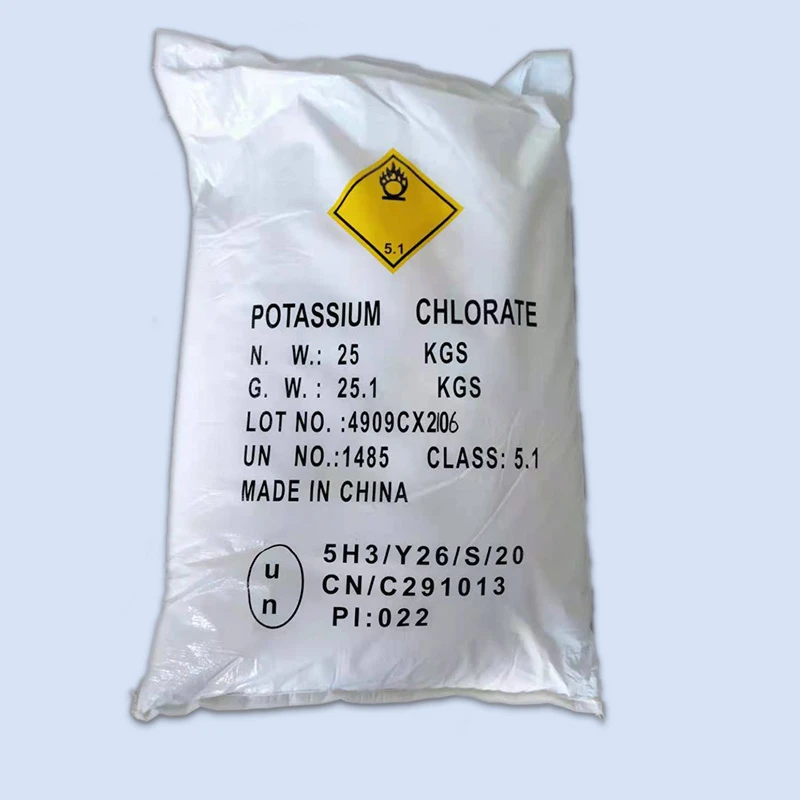



physical water treatment
Physical Water Treatment An Overview
Water is one of the most vital resources on our planet, essential for life, agriculture, and industry. As the global population continues to grow, the demand for clean and potable water rises, leading to increased pressure on existing water sources. Physical water treatment processes play a crucial role in ensuring that water is safe for consumption and suitable for various uses. This article explores the significance, methods, and advantages of physical water treatment.
What is Physical Water Treatment?
Physical water treatment refers to methods that utilize physical processes to remove contaminants from water. Unlike chemical treatments, which often involve the addition of chemicals to facilitate purification, physical methods rely on the application of physical forces or changes to achieve water clarity and safety. These methods can effectively remove suspended solids, pathogens, and many other impurities, making physical treatment a vital step in the overall water treatment process.
Common Methods of Physical Water Treatment
1. Sedimentation This is one of the simplest and most widely used physical treatment methods. It involves allowing water to stand so that heavier solids settle at the bottom, forming sludge. The clear water on top can then be removed for further treatment or distribution.
2. Filtration Filtration uses various materials, such as sand, gravel, or membranes, to remove particles from water as it passes through. It is effective in removing sediments, larger pathogens, and some dissolved substances. Advanced filtration technologies, like reverse osmosis, can significantly enhance water quality by removing even smaller contaminants.
physical water treatment

3. Coagulation and Flocculation Although this process often involves chemical additives, it is considered a physical treatment one step in a multi-barrier approach. Coagulation involves adding coagulants to the water to destabilize suspended particles, causing them to clump together (flocculate). The larger clumps can then be removed by sedimentation or filtration.
4. Microstraining This process involves passing water through fine mesh screens that capture and remove smaller particles and microorganisms. This method is particularly useful in treating wastewater and water from natural sources.
5. Dissolved Air Flotation (DAF) DAF is a specialized separation process where fine air bubbles are introduced into water, causing suspended particles to float to the surface. This technique is often used for the treatment of industrial wastewater.
Advantages of Physical Water Treatment
One of the primary benefits of physical water treatment methods is their effectiveness in removing a wide range of contaminants without introducing harmful chemicals into the water supply. They can be relatively low-cost and easy to implement, making them suitable for various settings, from individual household systems to large municipal water treatment plants. Additionally, physical methods often serve as the first stage of treatment, preparing water for subsequent chemical or biological processes.
Conclusion
As we face challenges related to water scarcity and increasing pollution, the role of physical water treatment methods becomes increasingly important. By effectively removing impurities and ensuring access to safe water, these techniques contribute significantly to public health and environmental sustainability. Investing in and improving physical water treatment technologies will be imperative for securing a clean water future for generations to come.
-
Using Potassium Nitrate for Colorants in Various ProductsNewsApr.29,2025
-
Safety Precautions When Handling Monopotassium PhosphateNewsApr.29,2025
-
Lead Oxide in Wastewater Treatment: A Powerful SolutionNewsApr.29,2025
-
Innovations in Sodium Chlorite ApplicationsNewsApr.29,2025
-
How Lead Nitrate is Used in Analytical ChemistryNewsApr.29,2025
-
Different Grades of Sodium Bisulfate: Which One Do You Need?NewsApr.29,2025
-
Sodium Chlorite vs. Other Disinfectants: A Comparative AnalysisNewsApr.14,2025










